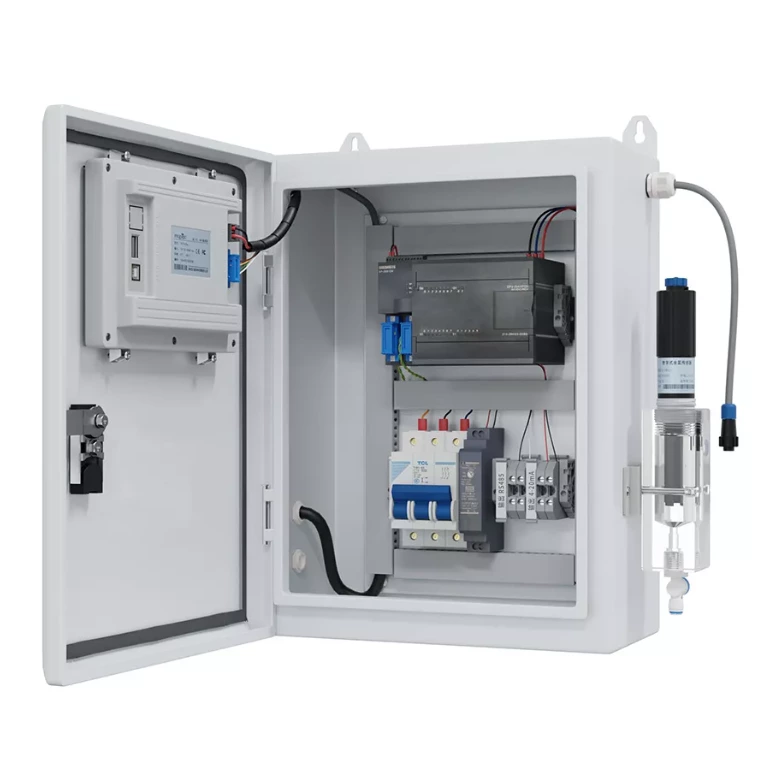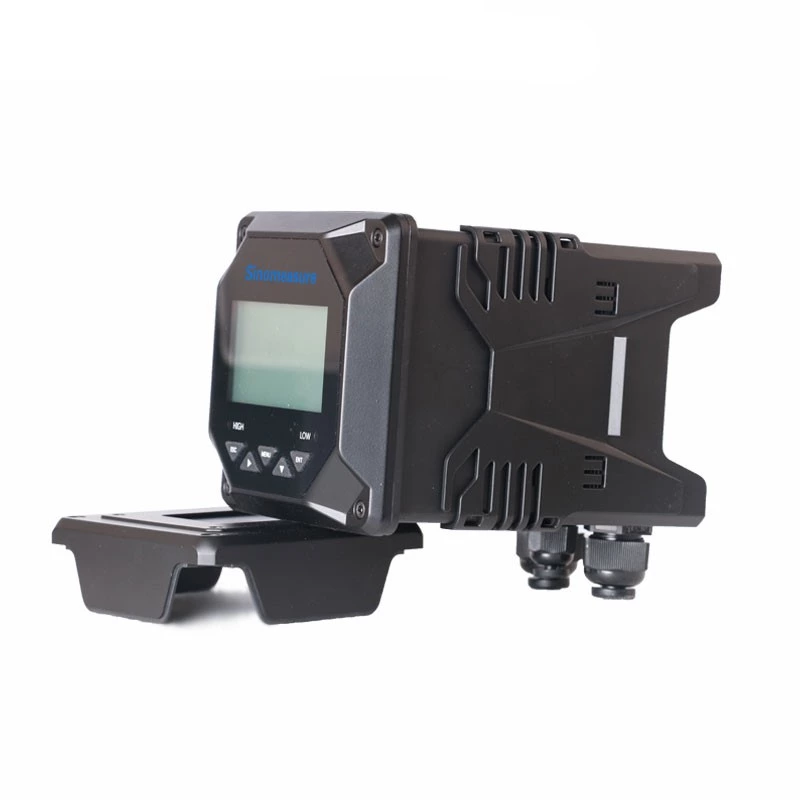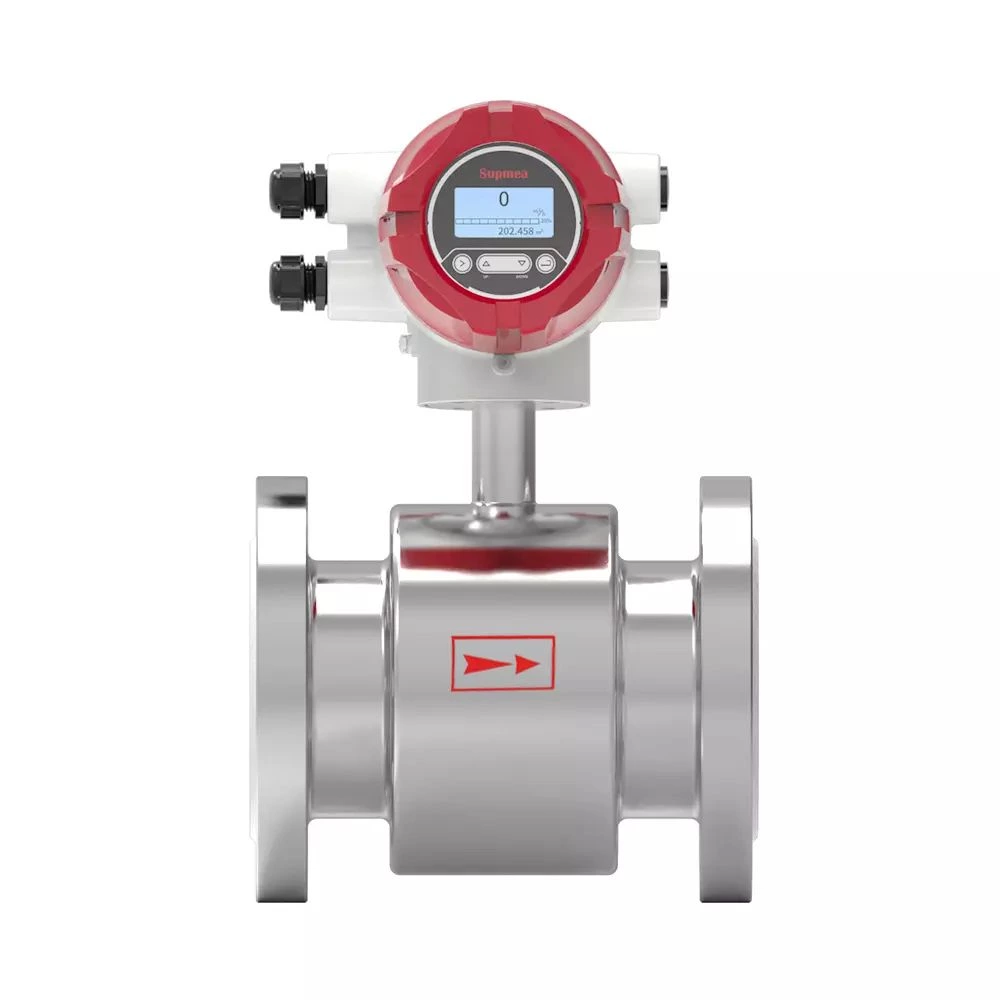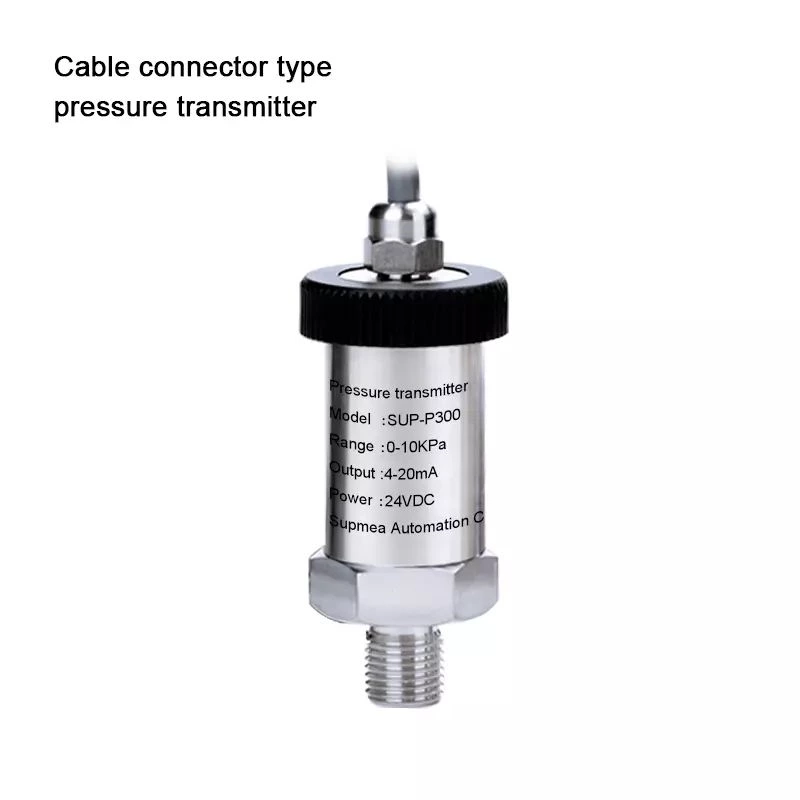-
Introduction
A residual chlorine meter is a device used to measure the concentration of residual chlorine in water or wastewater. Residual chlorine refers to the amount of chlorine remaining in the water after chlorination, which is important to ensure that the water is safe for consumption or use.
Residual chlorine meters use various methods for measurement, including amperometric titration, colorimetry, and electrochemical sensors. These methods offer different advantages and are suitable for different applications, but all provide accurate and reliable measurements of residual chlorine concentration.
In addition to measuring residual chlorine, some advanced models of residual chlorine meters also include features such as automatic temperature compensation, automatic calibration, and data logging capabilities. These features help to improve the accuracy and reliability of the measurements, as well as provide a convenient and user-friendly experience for the operator.
The SIN-TRC400 residual chlorine meters are commonly used in water treatment plants, swimming pools, and other applications where residual chlorine levels need to be monitored for safety and regulatory compliance. A residual chlorine meter can help ensure that the water being used is safe and free from harmful contaminants, providing peace of mind for both operators and users.
-
Specification
SUP-TRC 400 Residual chlorine meter
| Product | Residual chlorine meter |
| Model | SUP-TRC 400 |
| Measure range | Free chlorine: (0~5) mg/L Temperature: (0.1~40.0)℃ |
| Display | 7 inch touch screen |
| Protective box size | Dimensions: 400mm×300mm×180mm Visual size: 155mm×87mm |
| Output signal | (4~20) mA and RS485 |
| Load resistance | ≤750Ω |
| Ambient humidity | ≤95% no condensed water |
| Power supply | 220VAC |
| Ingress protection | IP43 |
SUP-ERC 400 Residual chlorine sensor
| Measurement content | HCIO, CIO2 |
| Measuring system | Microelectronics MEMS technology, special membrane structure |
| Measure range | (0~5)mg/L |
| Accuracy | When(0~0.1)mg/L, absolute error ±0.01mg/L; When(0.1~2)mg/L, ±5%or ±0.03mg/L of measured value(Whicheverisgreater); When(2~5)mg/L, ±5% or ±0.25mg/L of measured value(Whicheverisgreater); |
| Resolution ratio | 0.01 |
| Polarization time | When it is used for the first time, chlorine containing water is first supplied with water for 2 hours and then supplied with electricity for half an hour. |
| Response time | <30s |
| Conductivity | >100 μS/cm |
| Operating temperature | (0.1~40)℃ (No condensed water) |
| Temperature compensation | Pt1000 with built-in integrated automatic compensation |
| Max working pressure | 4bar |
| Recommended flow rate | ≥0.03m/s in flow cell |
| pH range | (5~9) pH |
| Maximum chlorine concentration | ≥5ppm |
| Supply voltage | Standard 24V DC±2V; optional 12V DC±2V |
| Power consumption | 1.56W |
| Communication | MODBUS RS485 |
| Cable length | Standard 3 meters, others can be customized |
| Probe weight | 210g |
| Thread size | NPT 3/4 |
| Connection type | 5-core waterproof aviation plug |
| Moisture-proof material | PVC and VitonO-ring seal |

























